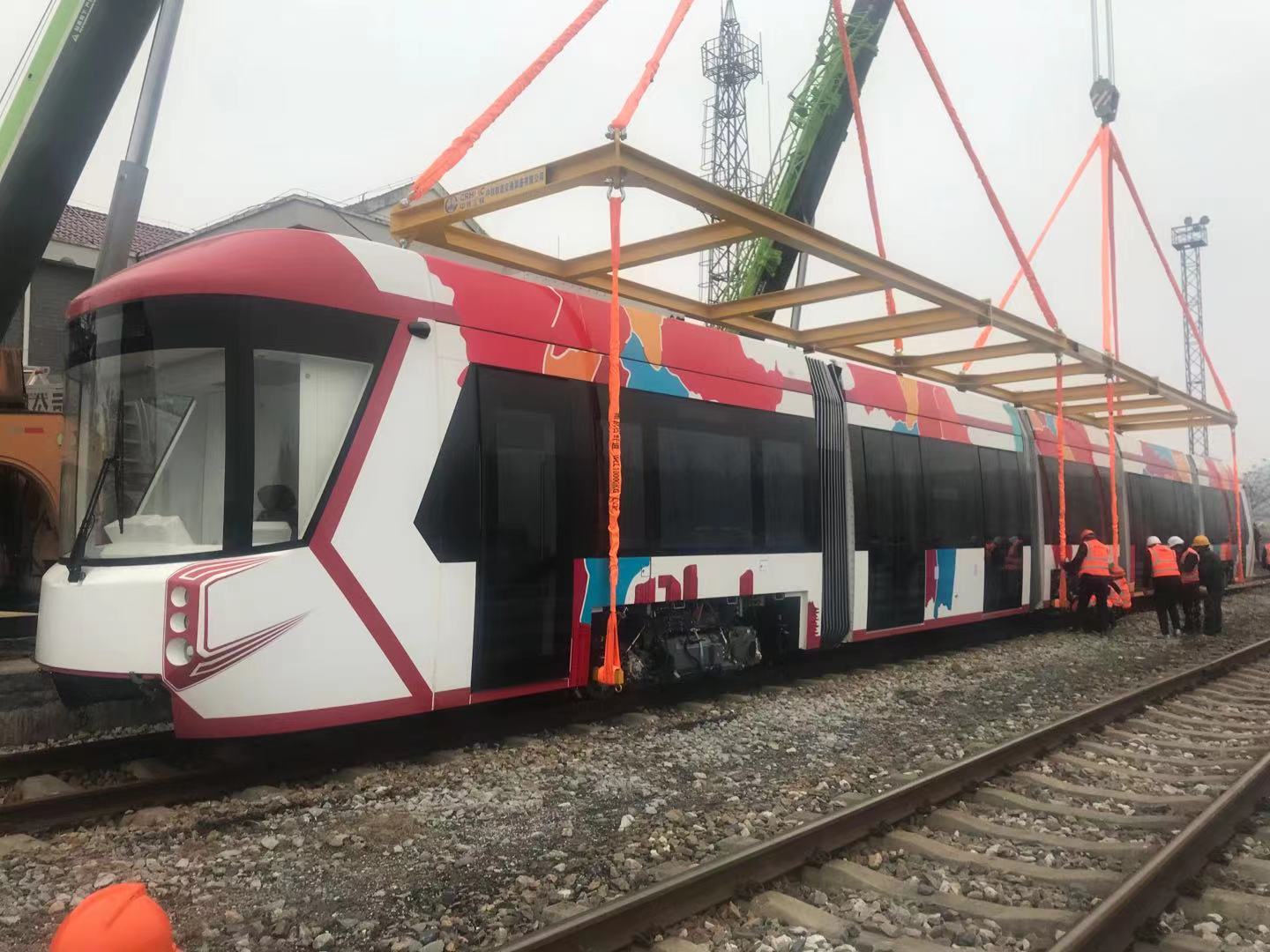A webbing lifting sling is a crucial tool in materials handling, allowing for efficient and safe lifting of heavy objects. However, it is essential to use this equipment correctly to prevent accidents and ensure the well-being of both operators and the load being lifted. In this article, we will outline the step-by-step process of using a webbing lifting sling effectively.
Step 1: Inspect the Sling
Before using a webbing lifting sling, carefully inspect it for any signs of damage or wear. Look for cuts, frays, tears, or abrasions on the webbing material. Ensure that all stitching and attachments are in good condition. If any damage is found, replace the sling immediately to maintain safety.
Step 2: Determine the Load Weight and Sling Capacity
Before lifting any load, determine its weight and select a webbing lifting sling with an appropriate working load limit (WLL) that can safely support the load. The WLL should be clearly marked on the sling, and it is crucial not to exceed this limit to prevent overloading.
Step 3: Attach the Sling to the Load
Identify the load's center of gravity and choose appropriate lifting points to attach the sling. Never attach the sling to any weak or unstable parts of the load. Instead, use designated lifting points or structural components intended for lifting. Ensure a secure connection by properly threading the sling through or around the lifting points, taking care not to twist or knot the webbing.
Step 4: Adjust the Sling Length
Adjust the sling's length to provide proper balance and control during the lifting operation. If necessary, use choking or basket configurations as specified by the manufacturer or applicable regulations. The length adjustment should ensure optimal load stability and prevent any shifting or tilting during the lifting process.
Step 5: Perform a Pre-Lift Check
Before lifting the load, perform a final pre-lift check to ensure everything is in order. Verify that the sling is correctly attached and positioned, and ensure there are no obstructions or potential hazards in the lifting area. Communicate and coordinate with other personnel involved in the lifting operation.
Step 6: Lifting the Load
With all safety precautions in place and proper communication established, begin the lifting operation. Use appropriate lifting equipment, such as cranes or forklifts, ensuring the load is lifted smoothly and steadily. Avoid jerky movements or sudden stops that may strain or damage the sling. It is essential to lift within the predetermined weight limit and maintain control throughout the process.
Step 7: Monitor and Adjust as Required
During the lifting operation, continually monitor the load and the sling for any signs of instability or damage. If any issues arise, such as shifting of the load or damage to the webbing, stop the operation immediately and take appropriate corrective measures. Adjust the lifting angle or sling configuration if necessary to ensure safe and secure lifting.
Conclusion:
Using a webbing lifting sling correctly is crucial for maintaining safety and efficiency during material handling operations. By following the outlined steps - inspecting the sling, determining the load weight and sling capacity, attaching the sling properly, adjusting the sling length, performing pre-lift checks, lifting the load carefully, and monitoring throughout the process - operators can mitigate risks and ensure a successful lifting operation with the webbing lifting sling. Always refer to the manufacturer's guidelines and relevant safety regulations for specific instructions on sling usage.
